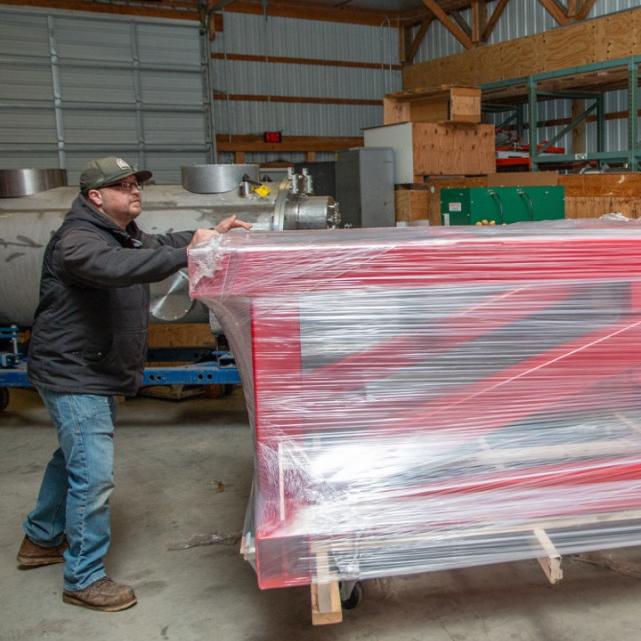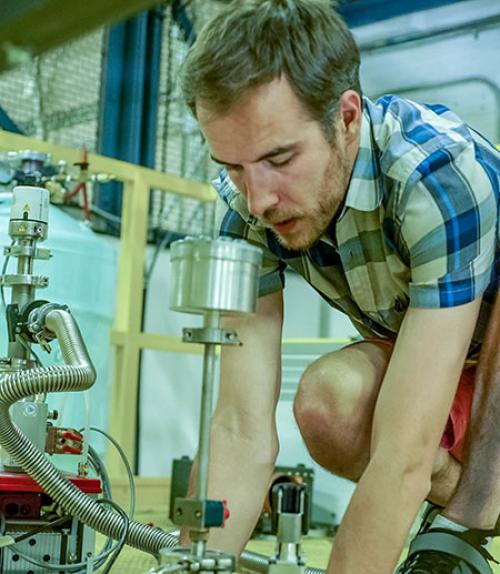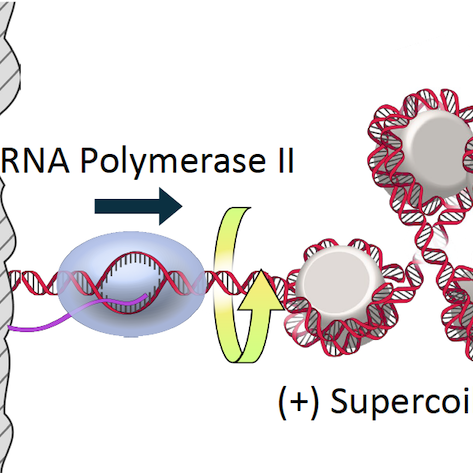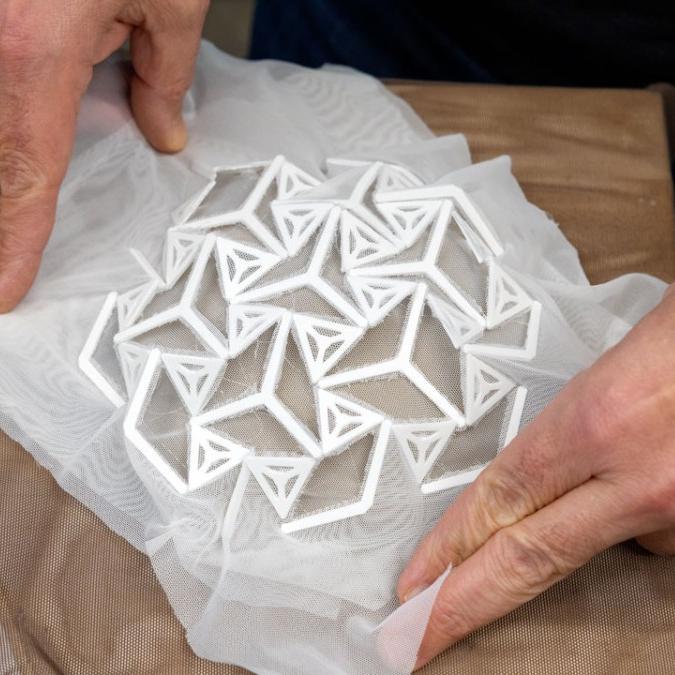
 Department Homepage
The College of Arts & Sciences
Department Homepage
The College of Arts & Sciences
‘Strange metal’ superconductors just got stranger
High-temperature superconductors have remained a scientific mystery for more than 30 years. Their electrical resistance, which increases linearly with temperature, has been particularly puzzling, spawning hundreds of theories.




